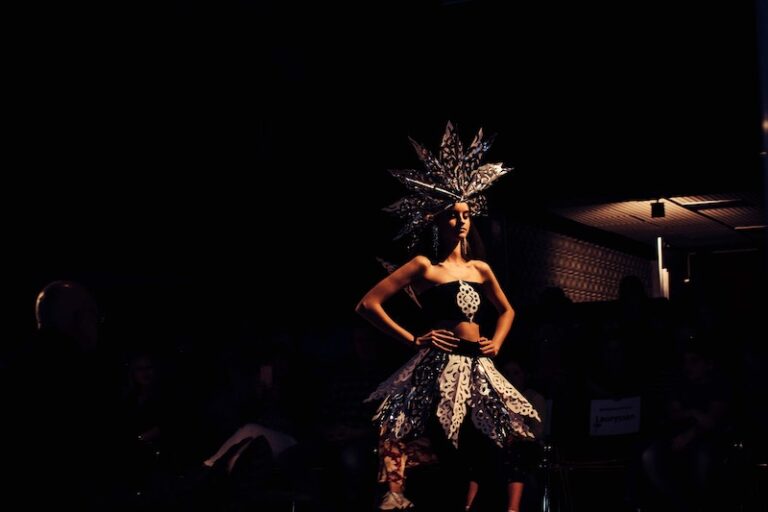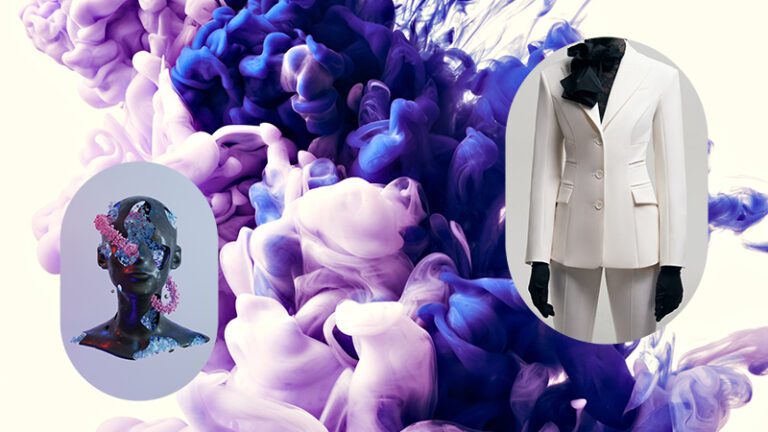As a material supplier, you know the growing importance of digitizing your inventory. Our recent industry survey shows that 49% of suppliers and 45% of buyers each spend more than €10,000 per year on physical samples; this clearly indicates an opportunity to invest in digitization as a cost-saving measure so that suppliers can send digital instead of physical samples to brands. An additional benefit to suppliers in digitizing their materials is that, according to the survey, less than 10% of suppliers display 3D visuals while 72% of brands value using them to make product decisions. Therefore, 3D visuals can be a clear differentiator for suppliers in the open market.
Digitizing inventory means investing in digital fabric scanning to convert physical materials into a digital format for online visualization. There are several types of digital scans and images. This article is intended to help suppliers know the right digital format for their materials.
First, a caveat of what you should never do – don’t take a picture of your material with your smartphone. Your image will not be high-quality, your material color won’t be accurate, and it will only do a disservice to both your material and your future buyers. The reason you want professional, high-resolution images is because brands make buying decisions online based on small differences in materials, which means they need to be able to see and visually compare different materials. A poor-quality image with inconsistent lighting, color management, or shadows will only hurt your business.
Types of Scans
Following is a list of the digital scans available to material suppliers. The first three are the most commonly used; however, there are additional options to consider, depending on how you want to represent your material inventory.
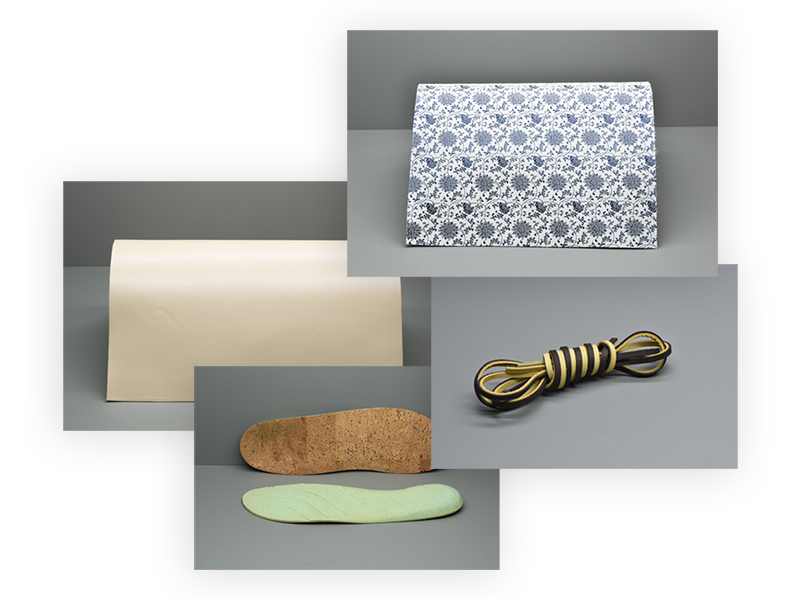
Let’s begin with the ground-floor truth of material color and looks. Digital photographs use standardized lighting and background to control how your material looks in digital format so brands can visually compare various materials effectively. This level of professional photography provides a visual comparison of your materials that can compare materials just as you would in a physical showroom. Given the high accuracy and affordable pricing, this format is highly recommended for all of your materials and components.
Our material expert has been trained to capture accurate photos that match the true quality of the material. To ensure accurate digitalization, we use a fixed standard light source called CIE D65 which imitates a sunny midday lighting condition. This eliminates the color flaw created by bad office lighting or mobile devices. The grey background is the industry standard to ensure accurate color is captured from the material. Any other color would compromise the true color of your materials in a digital world.
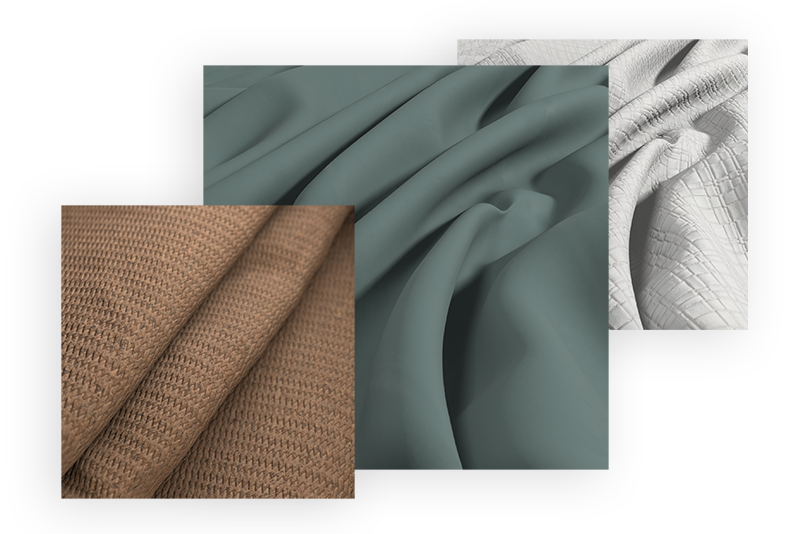
“Pine Crest Fabrics embraces the industry’s digitalization by scanning fabrics and designing 3D garments so customers can see the end product and details of the materials within seconds.”
PaoLai Knitting Mfg.Co.,Ltd, China
More than 50% of brands are using 3D tools in the design process for color-calibrated, seamless images so they tend to prioritize suppliers with 3D scanned materials already available. The leading-edge Material Exchange scan for 3D visualization is made for the SBSAR file format and therefore can be used by all major fashion 3D CAD and rendering software like Browzwear, Maya, etc.
The benefit of 3D is that your materials are scanned with 10 times human eye resolution, which is up to 2000 dpi. The Material Exchange process is based on a standard Physically-Based Rendering (PBR) workflow, which simulates how light reacts with a material surface to create a more accurate representation of how light affects your material. We use the Unified 3D Material file format (U3M) to capture physical property data and texture image maps in a single file.
With Material Exchange, you don’t need to buy additional software to view this material in live 3D because you can see them directly in the Material Exchange 3D viewer.
Material Exchange has established standards to make the digital communication of material appearance easier for both brands and suppliers. This format is best suited for materials that are visually impressive or are used in 3D design. Capture buyer attention, stand out in the digital landscape, and showcase your best materials with the power of 3D.
Note: when there is a limited budget, it’s more important to show your full material line with photographs and flatbed scans.
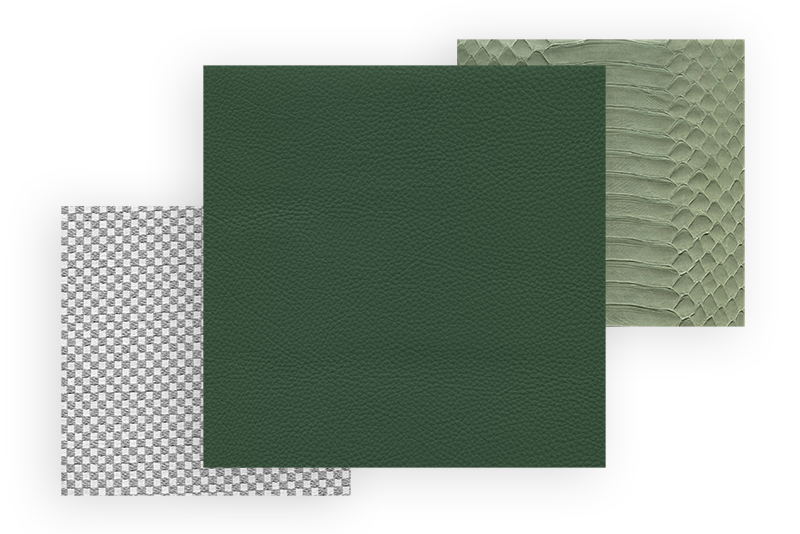
For a long time, flatbed scans have been the go-to format for 2D design workflows, such as Adobe Illustrator. This is almost a ‘must-have’ for any material. However, note that it is not effective for materials with complex patterns or with a high shine or glossy finish. Our recommendation is to always complement the flatbed scan with a photography service since photographs will more accurately capture the true color and glossiness of the material.
For materials that have complex patterns or a high-shine finish, turntable photography is the best option to show buyers how light reflects from the fabric or leather, depending on angle. This digital format offers seven images from different angles to show how color travels in your material.
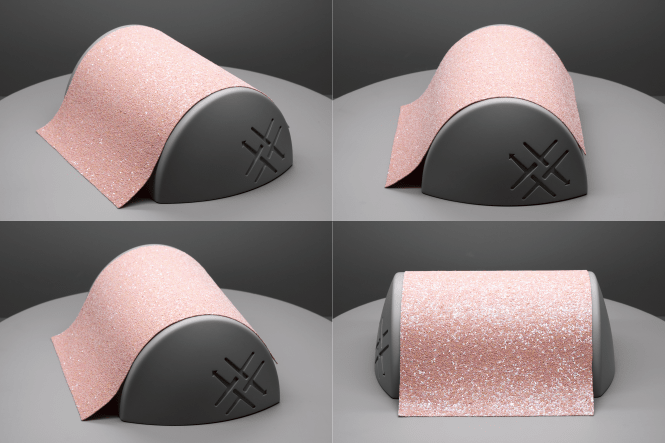
Videography is ideal for showcasing materials with stretch, body, or flexibility as it shows the material in motion. Our standard video format is a 20-30-second video with standardized hand movements that create the feeling of holding the actual material in your hands. Consider this format when your material needs to show durability, elasticity, and texture.

With modern technology, it’s possible to convert flatbed scans into 3D materials. However, due to physical limitation, this conversion can never match the true 3D material scan. This format is best-suited for materials that are only scanned with flatbed and are quickly needed for 3D; it is not recommended for materials that have not been scanned yet.
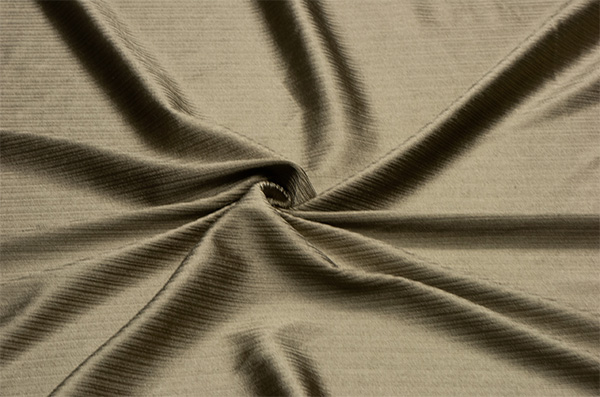
While high-resolution images are vital to showcasing your materials, it is equally important to share accurate data about each material to support the images. The shorthand reference for this is a ‘Digital Twin’, where the images and the data about the material correspond with each other.
Suppliers tend to have varying degrees of technical proficiency and equipment. However, this does not need to limit you in digitizing your materials. Material Exchange offers the capability to scan your materials via regional scanning hubs. Digitizing your inventory is a simple three-step process. First, you place your order for the format(s) you want. Next, you send your samples to the nearest regional scanning hub. Third, we scan your materials and send you the digital fabric swatch files. From there, it’s a simple upload into your supplier profile and, when that’s done, your materials are accessible to brands around the world.
To learn more about digital scanning and order material scans today, please visit about scanning here.
“Material Exchange China Customer Service provides very good support with patience and answers questions clearly when we need it. The high-quality 2D photos and 3D scans are very good and are delivered quickly, within a few days. And the Customer Service Team follows up to make sure we are able to upload and use the photos.”
PaoLai Knitting Mfg.Co.,Ltd, China

About the author
Lauri Kokkila, VP of Growth at Material Exchange, is responsible for developing and scaling Material Exchange’s Scanning Service globally.
Check out our webinars
We’ve got a wide range of informative, inspiring webinars in our library of events. Take a look to find one that sounds interesting. And feel free to reach out if there’s something you’d like us to cover that you don’t see!
Related content
Want to chat?
We’d love to hear from you. Reach out to see how we could work together.



